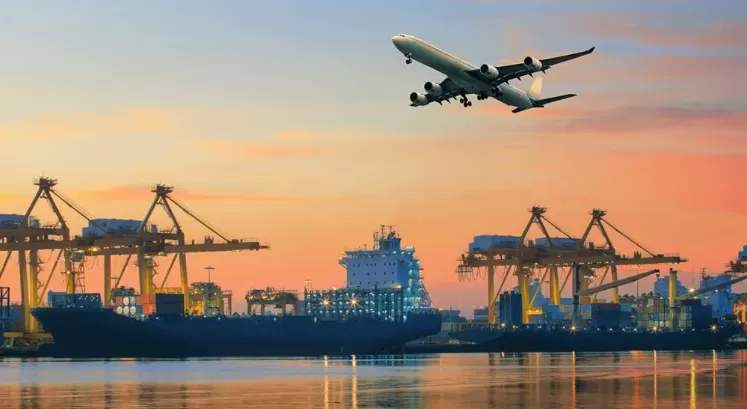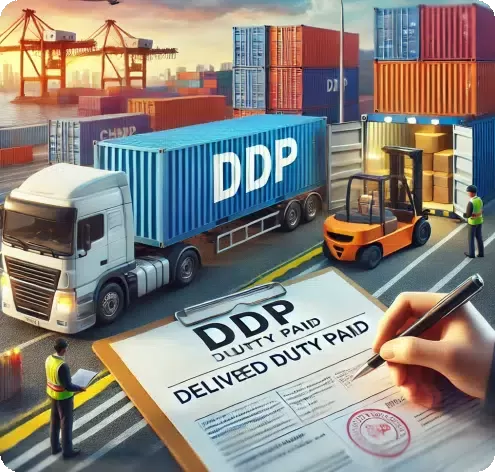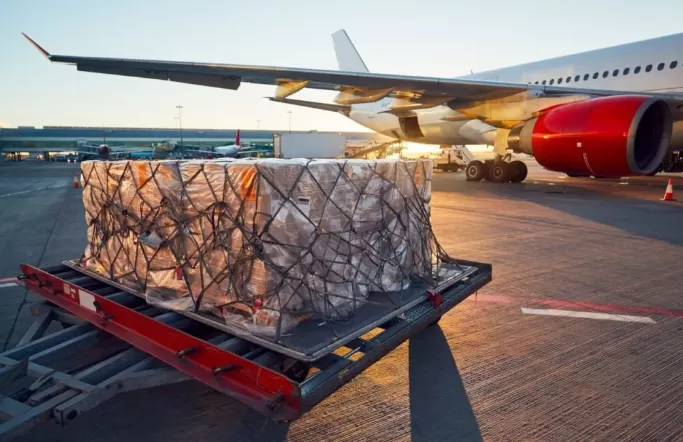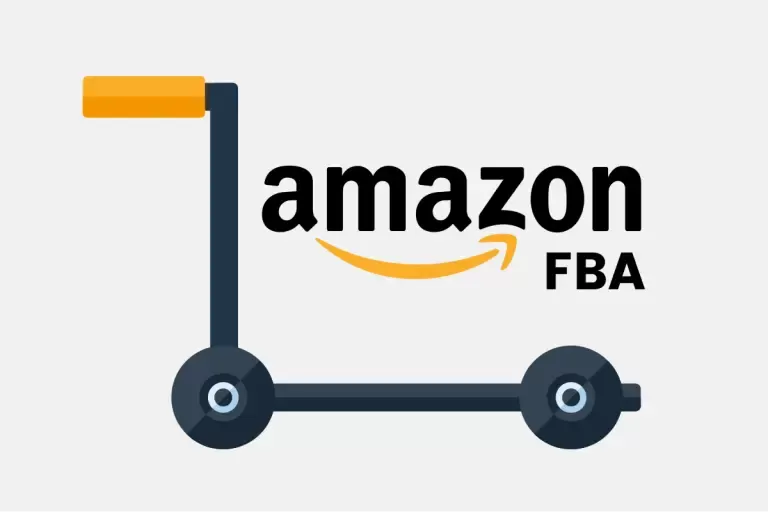Let's be clear: shipping to Lyon is a different game. The final 300-700 kilometers from a French port to your warehouse in Auvergne-Rhône-Alpes is where logistics truly happens. It's where hidden costs emerge, timelines stretch, and supply chains falter.
This guide cuts through the complexity. We provide a masterclass in multimodal transport, delivering specific strategies, transparent door-to-door cost breakdowns, and the local expertise required to master the China-to-Lyon corridor.
Are you ready?
Get real-time quotes for Lyon
Get Quotes
Your Quick Logistics Assessment:
An Amazon FBA Seller? Go straight to our FBA-Specific Section.
Shipping 1-15 CBM? Your solution is in our LCL & Sea Truck Guide.
Filling a Full Container? Analyze your options in the FCL & Sea Freight Section.
Need Speed for 100kg+? Find clarity in our Air Freight & Express Breakdown.
Multimodal Routes to Lyon: The Four Strategic Pathways
Choosing the right route isn't a minor detail; it's the most critical cost and time decision you'll make. Here are the four main arteries into the heart of France.
Route A: The Sea-Truck Corridor (Via Le Havre)
The Pathway: Chinese Port → Port of Le Havre → Inland Trucking to Lyon.
The Reality: Le Havre is France's largest container port. This means more direct sailings from China, potentially lower ocean rates, and greater schedule flexibility. However, the inland leg is significant—approximately 700 km, requiring 1-2 days of trucking and adding €500-€900 to your final cost. It's the reliable, high-volume workhorse.
Route B: The Sea-Truck Corridor (Via Marseille-Fos)
The Pathway: Chinese Port → Port of Marseille-Fos → Inland Trucking to Lyon.
The Reality: The geographical advantage is clear: only 300 km to Lyon. This translates to cheaper and faster inland trucking (€300-€600, under 1 day). The trade-off? Fewer direct Asia-Mediterranean services compared to Northern Europe. Your transit time from China might be longer, and you're susceptible to potential port congestion in the Med. It's a strategic choice for Southern-focused supply chains.
Route C: The Air-Truck Express
The Pathway: Chinese Airport (PVG/CAN) → Paris Charles de Gaulle (CDG) / Lyon-Saint Exupéry (LYS) → Truck to Final Address.
The Reality: CDG is the primary cargo hub, offering the most capacity and flight options. LYS is secondary, primarily served by passenger flight bellies. The key calculation here is the trucking cost from CDG to Lyon (€400-€650) versus the potentially higher airfreight cost into the smaller LYS hub. For true urgency, air is your only option.
Route D: The China-Europe Railway Link
The Pathway: Chinese Inland Terminal (e.g., Xi'an) → Trans-Eurasian Rail → Lyon Intermodal Terminal.
The Reality: Don't be misled by "direct" claims. The train arrives at a rail terminal in Lyon. You are still responsible for the final trucking ("last-mile") to your warehouse. The value proposition is unique: it's about 50% faster than sea and 70% cheaper than air, offering a stable, middle-ground alternative with superior carbon efficiency. Ideal for medium-value, time-sensitive goods that don't justify air freight costs.
Amazon FBA
Get real-time quotes for Lyon
Get Quotes
Your Logistics Comparison Matrix: Data-Driven Decision Making
| Transport Solution |
Door-to-Door Estimate |
Total Transit Time |
Best For |
| Sea-Truck (Le Havre) |
$1,200 - $1,800 / 10 CBM |
38 - 50 days |
Lowest cost, non-urgent bulk goods |
| Sea-Truck (Marseille) |
$1,100 - $1,700 / 10 CBM |
35 - 45 days |
Faster inland leg, Southern France focus |
| Air-Truck (via CDG) |
$6.5 - $9.5 / kg |
8 - 15 days |
Urgent inventory, high-value products |
| China-Europe Railway |
$4.5 - $6.5 / kg |
18 - 25 days |
Balanced budget & timeline, eco-conscious shipping |
Door-to-Door Cost Transparency: A 10 CBM LCL Case Study
Let's demystify the pricing for a standard Less than Container Load (LCL) shipment. This is for a 10 CBM, 1,500 kg shipment, Door-to-Door under DDP terms from a Shenzhen warehouse to a Lyon warehouse, via Le Havre.
1. Origin Charges (China): ~$350
Includes: Warehouse collection, export customs declaration, documentation, and consolidation fee at the CFS.
2. Ocean Freight (Shenzhen to Le Havre): ~$850
The base sea freight rate + BAF (Fuel Surcharge).
3. Destination Charges (Le Havre, France): ~$400
Includes: Port handling, deconsolidation (unstuffing your cargo from the shared container), and customs clearance agency fees.
4. Inland Trucking (Le Havre to Lyon Warehouse): ~$650
The critical, often overlooked cost. Based on a 700km journey for 10 CBM of palletized cargo.
5. French Import VAT (20%): Variable
Calculated on the CIF value (Cost of Goods + Insurance + Freight). This is paid by us on your behalf under DDP terms.
The Takeaway: The inland trucking cost is a massive component. A port-to-port quote would show only ~$1,200, misleading you entirely. Always demand a Door-to-Door (DDP) quotation.
Lyon as a Logistics Hub: Localized Intelligence
Lyon isn't just a final destination; it's a strategic logistics nexus. Its position at the crossroads of North-South and East-West European corridors makes it a prime location for distribution centers. Major logistics parks in the surrounding Rhône department serve the entire Auvergne-Rhône-Alpes region. For Amazon FBA sellers, this is crucial—several key Fulfillment Centers (FCs) are located within a few hours' drive, making Lyon an ideal gateway for your inventory into the European market.
Air Freight & Express: When Time is the Ultimate Currency
For a 100 kg Air Shipment:
You're entering the most cost-effective air freight tier. A door-to-door rate of $4.5 - $6.5/kg is realistic. This includes air carriage, all security/fuel surcharges, customs clearance at CDG, and the final truck ride to Lyon. Transit: 5-10 days.
For a 200 kg Air Shipment:
The per-kilo rate becomes more favorable, typically $3.8 - $5.5/kg. The economies of scale start to work in your favor, even with the same fixed-cost truck from CDG.
Express Courier (Sub-120 kg):
For a 10 kg Box: A fully integrated door-to-door service with DHL/UPS/FedEx for ~$68 is your best bet. 3-5 days, no surprises.
For a 120 kg Pallet: The calculus changes. At this weight, express couriers become prohibitively expensive. You must compare their all-in price against a traditional air freight door-to-door quote, which will almost always be significantly cheaper.
LCL (Sea Truck) vs. FCL (Sea Freight): Choosing Your Volume Strategy
LCL (Less than Container Load) / "Sea Truck":
The Model: Your goods share a container. We handle the entire door-to-door process.
Your Cost Tiers:
1 CBM: The minimum charge volume. You pay a premium for flexibility.
5 CBM: The sweet spot for SMEs. The cost per CBM rationalizes.
10 CBM: You are now at the crossover point. It is essential to get an FCL quote for comparison.
FCL (Full Container Load):
The Model: You rent the entire container. The "Sea Truck" model still applies, but with a full container.
Container Choice is Strategic:
20' Container (20'DV): ~28 CBM. For heavy, dense goods.
40' Container (40'DV): ~58 CBM. The standard for general cargo.
40' High Cube (40'HC): ~68 CBM. Essential for light, bulky items (furniture, homewares).
45' High Cube (45'HC): ~76 CBM. Maximum volume for the lightest commodities.
freight forwarding
Get real-time quotes for Lyon
Get Quotes
A Guide for Amazon FBA Sellers: The Lyon Gateway
Shipping to FBA requires precision, not just transportation.
The Core Challenge: Amazon's strict requirements for appointment scheduling, palletization, and labeling. A single error means refusal at the Receiving Center, resulting in costly redelivery fees and stock-outs.
Your FBA-Optimized Solutions:
FBA Sea Truck (LCL): We ensure your cartons are palletized to EU standards, labels are scannable, and the delivery is booked into the correct FC (e.g., MRS2, ETRA2).
FBA Sea Freight (FCL): For full container loads, we manage the precise delivery window and ensure the container is floor-loaded according to Amazon's strict guidelines.
Our Role: We act as your logistics partner, handling the complexities of the BOL, coordinating with Amazon's carrier system, and offering value-added services like label printing and carton inspection.
Your Next Step: A Tailored Multimodal Strategy
Why navigate this complex web of routes, costs, and regulations alone? Partner with a logistics expert who treats your supply chain with the strategic focus it deserves.
Get your personalized, no-obligation quote today and see how our expertise becomes your competitive advantage.
[Get Your Free Custom Quote Now] — Let us analyze your specific needs and craft the optimal China-to-Lyon logistics solution for you.
Frequently Asked Questions (FAQs)
1. Q: My supplier is handling the export declaration in China. What specific document must I receive from them to prevent delays in France?
A: Demand a copy of the China Customs Export Declaration. This isn't the commercial invoice. It's the official proof of export that French authorities use to verify the goods' origin and value. Without it, your clearance in Le Havre or Marseille will be held for verification, incurring demurrage charges.
2. Q: I'm shipping a mix of commercial goods and product samples in one LCL shipment. How should I handle the declaration?
A: This is a red flag for customs. You must declare them as separate line items on the commercial invoice. List the samples with a nominal value (e.g., $1) and clearly mark them "Samples - Not for Resale." Consolidating them under one description looks like an attempt to undervalue the commercial goods and will likely trigger an inspection.
3. Q: What is the most common, yet often overlooked, cause of cargo damage on the China to Lyon route?
A: Beyond physical impact, condensation and moisture damage inside the container is a silent killer. This is especially true on the sea route to Northern Europe. To prevent this, insist your goods are palletized and stretch-wrapped off the container floor, and that your forwarder uses adequate container desiccants.
4. Q: If my goods are temporarily refused by an Amazon FBA warehouse in France, what are my immediate options?
A: You cannot let the truck wait. The driver will leave, and you'll be charged for a failed delivery. Your immediate option is to have the goods redirected to a third-party transload warehouse (we can arrange this) where the issue (e.g., labeling, palletization) can be fixed before re-booking the FBA appointment.
5. Q: For a Door-to-Door (DDP) shipment, at what point do I officially take ownership and liability of the goods?
A: Under standard DDP terms, the transfer of risk and ownership occurs when the goods are physically unloaded and signed for at your designated delivery address in Lyon. Until that moment, the liability typically rests with the freight forwarder or the carrier, depending on the insurance terms.
6. Q: Are there any items commonly exported from China that are unexpectedly difficult to insure for the Lyon route?
A: Yes, insurers are often hesitant to provide full coverage for high-value lithium batteries, fine art/antiques without prior appraisal, and perishable goods without proven cold-chain logistics. Always disclose the exact nature of your cargo for an accurate insurance quote.
7. Q: What is the key difference between a "Freight Forwarder" and a "Customs Broker" in the context of shipping to France?
A: Your Freight Forwarder (like us) manages the entire physical and logistical chain from China to your door. The Customs Broker is a specialized agent, often sub-contracted by the forwarder, who is licensed and financially responsible to the French government for correctly filing your customs declaration. We manage this relationship for you.
8. Q: Can I ship a personal vehicle or motorcycle from China to Lyon for my own use?
A: Yes, but it is a highly specialized, non-standard process. It requires proof of ownership, and the vehicle must pass a French technical inspection to ensure it complies with EU safety and emissions standards. You will need to pay VAT and potentially a registration tax. This is not a standard cargo shipment.
9. Q: What does "bonded" trucking mean within the EU, and would my shipment from Le Havre to Lyon use it?
A: "Bonded" transport is used for goods moving under customs control without duties being paid yet. Your shipment from China, once cleared through customs at the port of Le Havre, is officially in "free circulation" in the EU. Therefore, the truck to Lyon is a standard domestic haulage, not a bonded movement.

 EN
EN
 FR
FR
 ES
ES
 JA
JA
 PT
PT
 RU
RU
 AR
AR








